The First Nations people of the Upper Murray are believed to have been living in the region from more than 15,000 years prior to the arrival of Europeans.
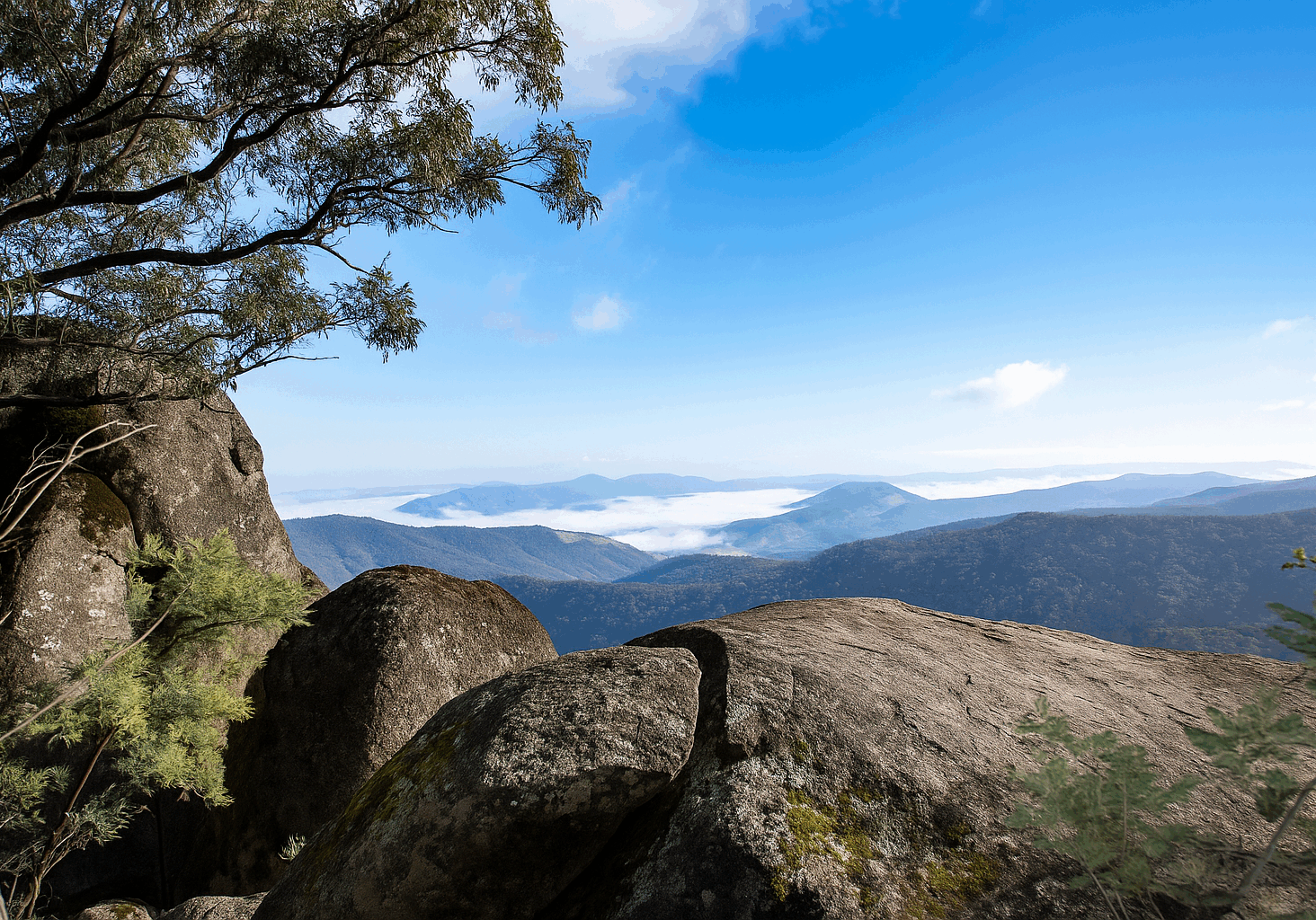
Custodians
Prior to more recent centuries, during which First Nations peoples may have moved into or out of country, it is believed that the First Nations communities of the Upper Murray predominantly belonged to one of three distinct language groups: Wiradjuri, Wolgal, and Dhudhuroa.
Together with the Ngarigo people of the Monaro and the Jaitmathang of the Omeo region, these groups are recognised as custodians of the Australian Alps.
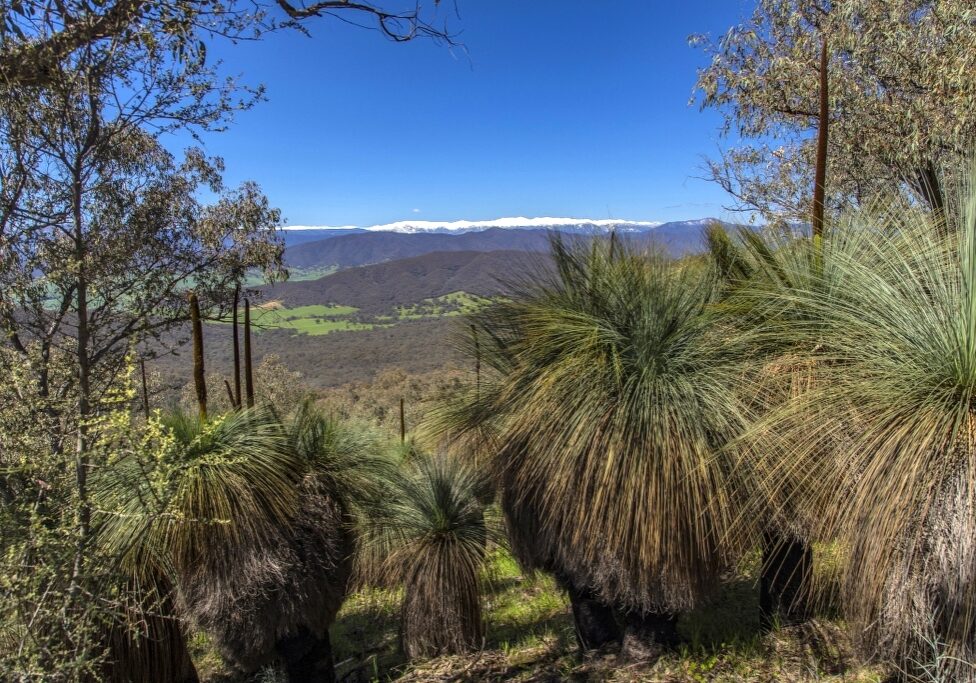
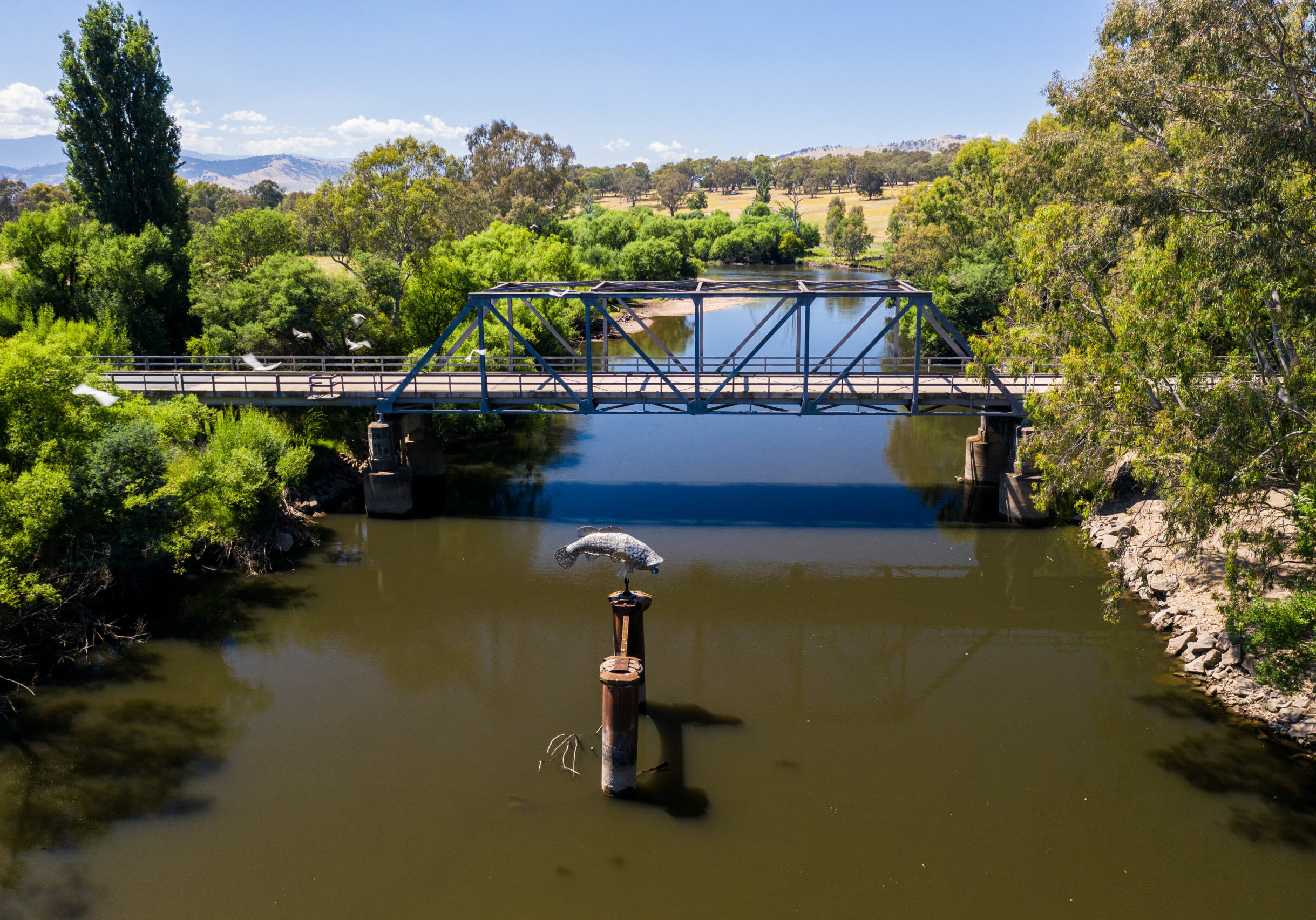
The Murray Cod
In south-eastern Australia, the First Nations people who lived beside the Murray River told ancestral stories about the Murray Cod, Australia’s largest freshwater native fish. These stories continue to be shared by their descendants today.
A long-lived apex predator, the Murray Cod is said to have created the Murray River and its bends with its powerful tail as it frantically swam to avoid capture. Eventually speared, cut into pieces, and thrown back into the water, these pieces became other native fish species. The cod’s head was returned to the river to keep the species alive.
Ancestral Stories & Songlines
Like ancestral stories, ancient routes known as songlines are connected to the land and communicate pathways across the land, embedded with stories and knowledge about the landscape, ancestral beings, and cultural practices.
Towong lies on such a songline, used by First Nations peoples travelling through the region to reach the High Country, where they would hunt Bogong Moths in the spring.
The Khancoban Valley too, is located on a site of deep cultural significance. A well-trodden pathway or songline leading to the Munyang (pronounced money-ang), today known as the Snowy Mountains.
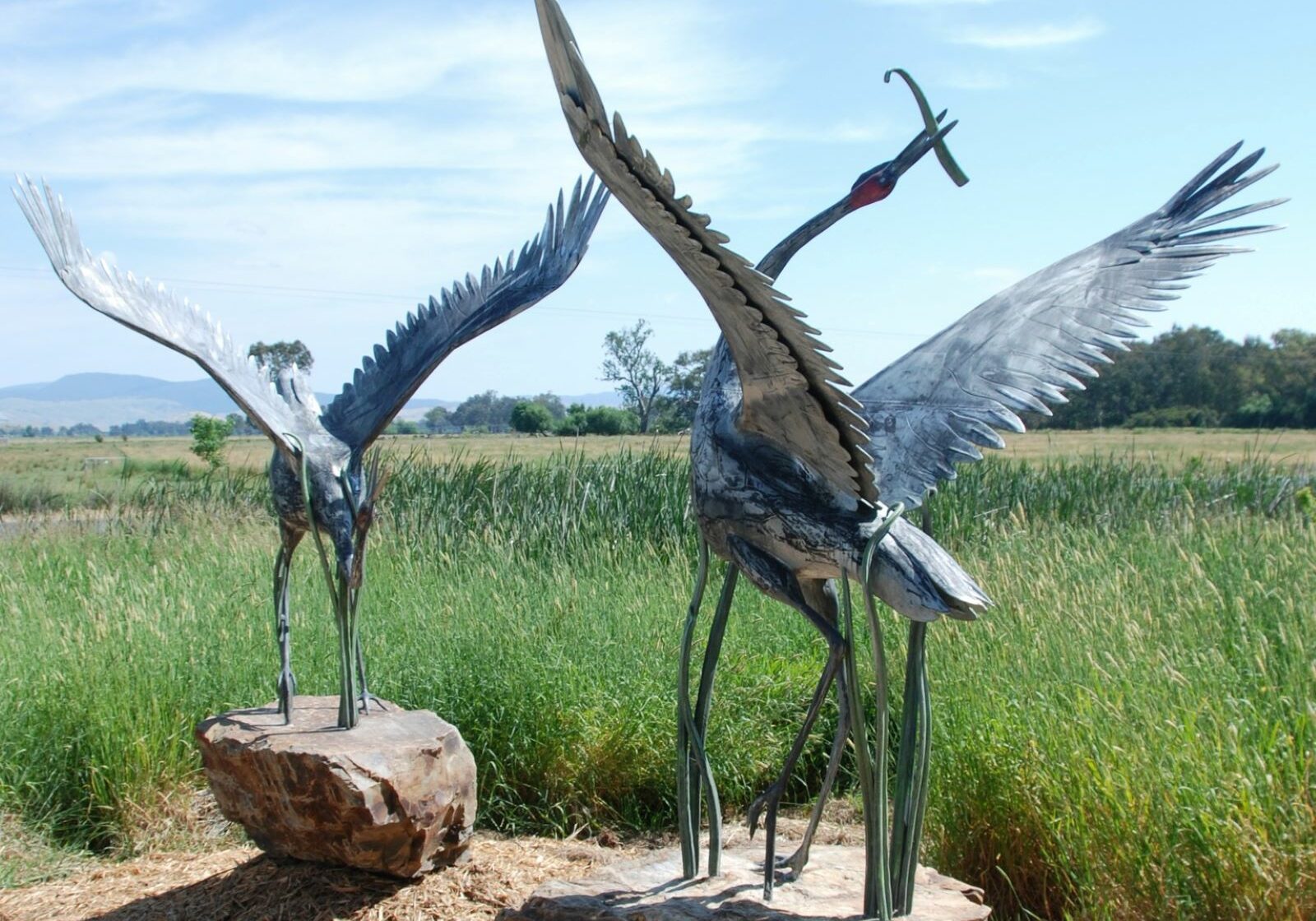
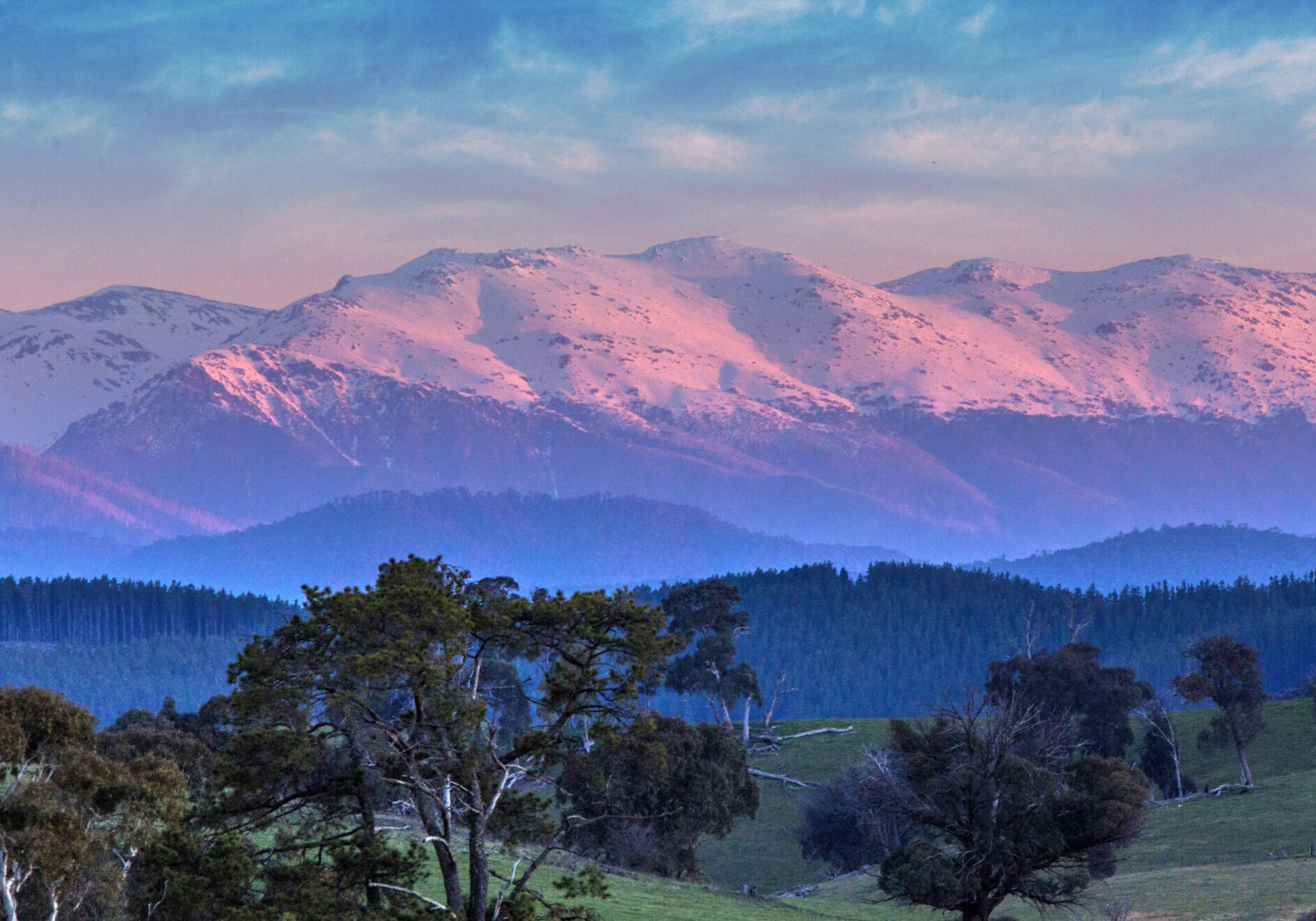
The Snowy Mountains (Munyang)
The Australian Alps are the highest mountain ranges on the Australian continent. These Alps straddle the Australian Capital Territory, south-eastern New South Wales, and eastern Victoria.
With peaks that exceed 2,000 metres, the Australian Alps are the only place on the mainland with deep snow cover during the winter months. They are part of the Great Dividing Range, the 3,000 kilometres of mountains, hills, and highlands that run from northern Queensland to central Victoria.
The section with the highest peaks of the Great Divide is dominated by Munyang (pronounced money-ang), commonly known as the Snowy Mountains.
Corroboree Grounds & Cultural Gatherings
Across the Murray River valley, areas such as Welaregang and Ournie were once used as corroboree grounds. It was here, prior to European settlement, different language groups gathered in early summer before the traditional Bogong Moth hunts. Other Upper Murray corroboree grounds are located at Possum Point, Nariel, Towong, and Bringenbrong.
Corroboree events at these sites were culturally significant occasions featuring dancing, music, and costumes to communicate stories of the Dreamtime. These gatherings allowed different groups to renew their ties before travelling up the Murray River to the mountain peaks.
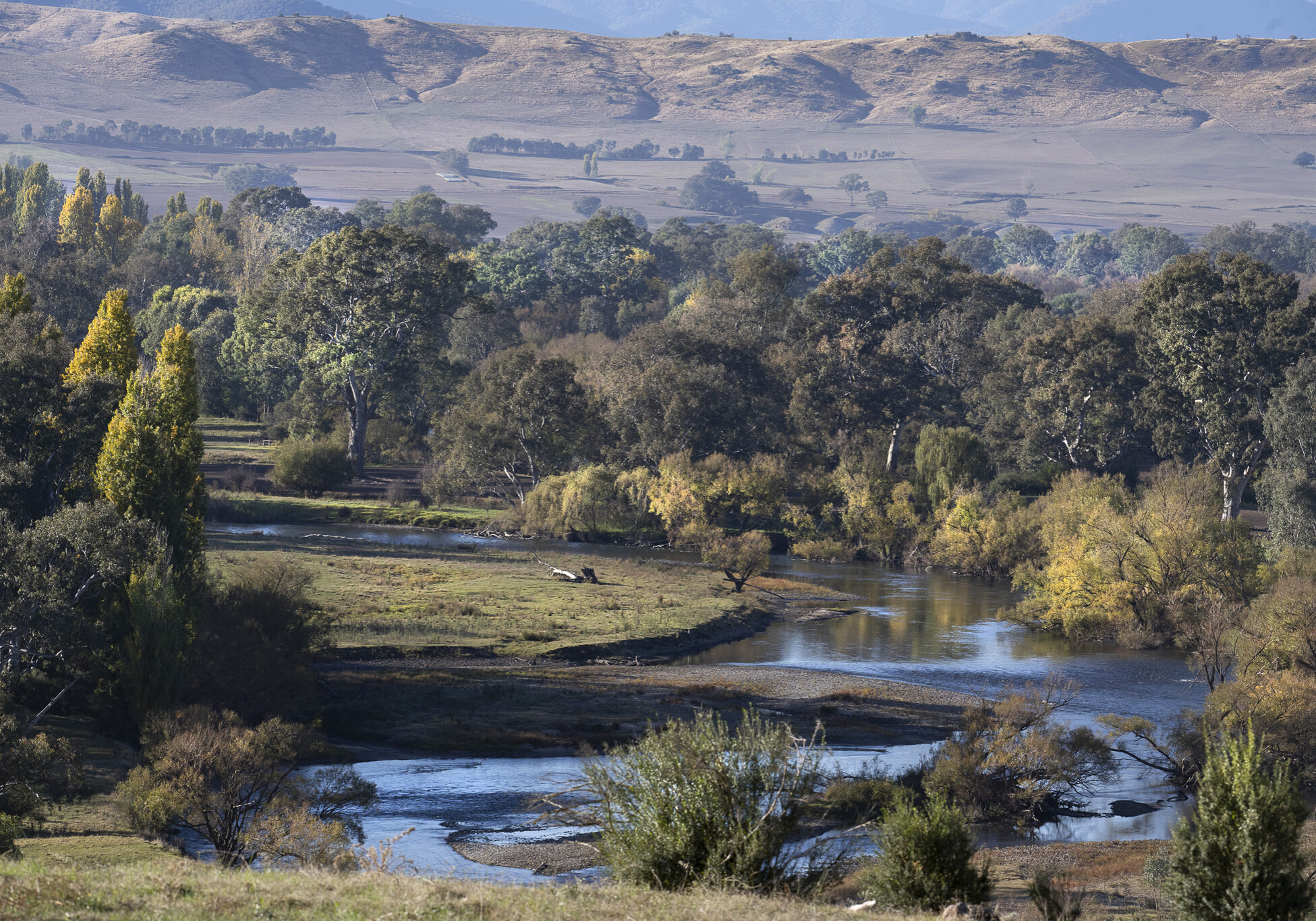
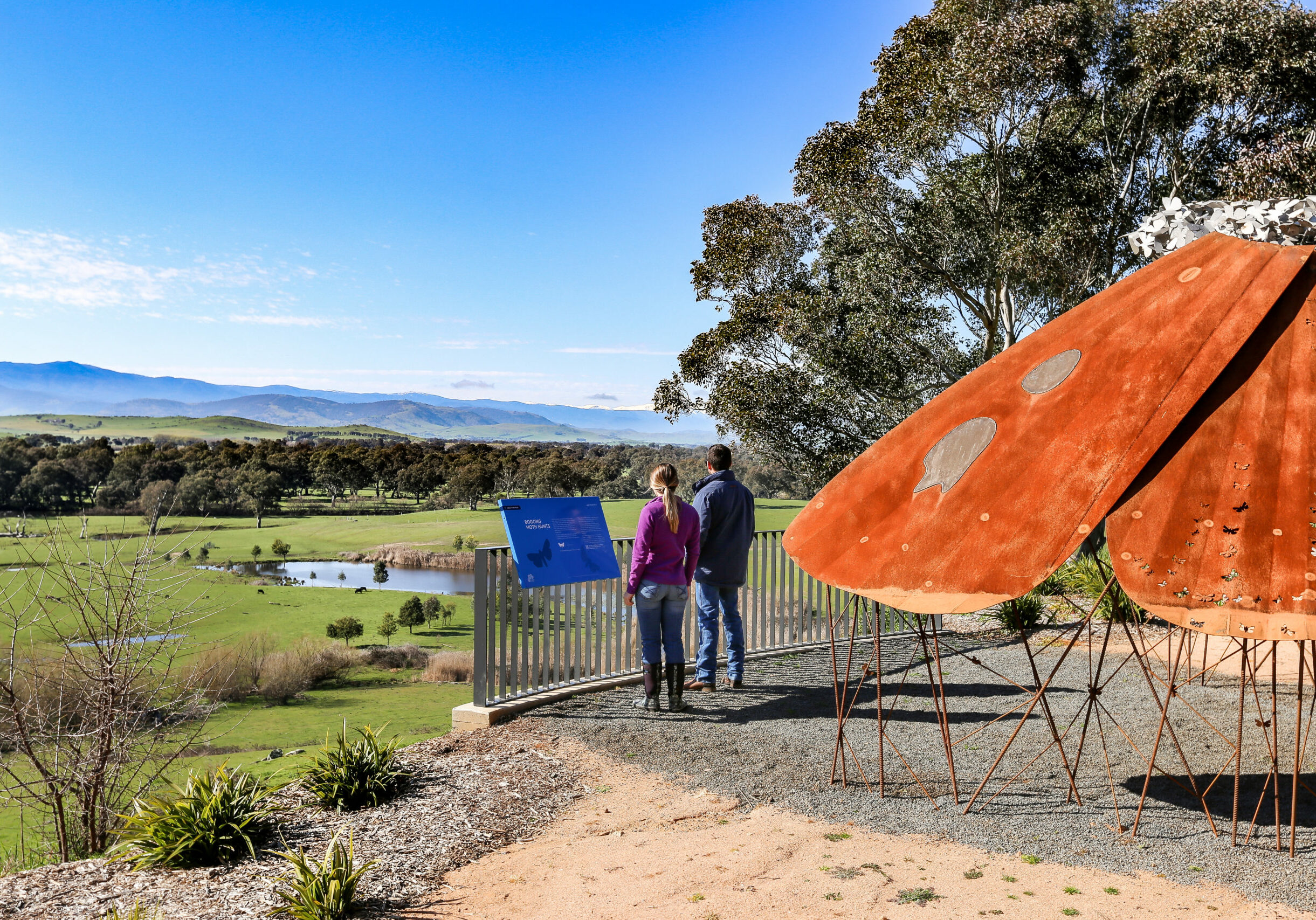
A Bountiful Harvest
The Bogong Moth migrates during the warmer months to rest in the sheltered, cool, and humid crevices of granite-based mountains such as Mt Townsend, Mt Twynham, and the Rams Head (Burramungee) on the main range of the Snowy Mountains.
By understanding natural cycles and the habits of the Bogong Moth, many First Nations groups planned annual journeys to these mountains, where they collected, roasted, and ate this fatty, protein-rich, nutty-tasting delicacy.
The Wedge-tailed Eagle & Murray Cray
In south-eastern Australia, the First Nations people regard the Wedge-tailed Eagle as the sacred ancestral creator of all things. It plays a vital role in many traditional stories and cultural activities.
Language groups have different names for the Wedge-tailed Eagle. Known names used by local groups include Maliyan and Mulyan. Further south, the Eagle is recognised by at least one tribe as Mulian.
Once, local Aboriginal people enjoyed the Murray Cray meat as an edible delicacy. Women were also known to craft delicate necklaces from the Murray Cray’s leg segments. It is believed that the species was a key indicator of the river’s health.
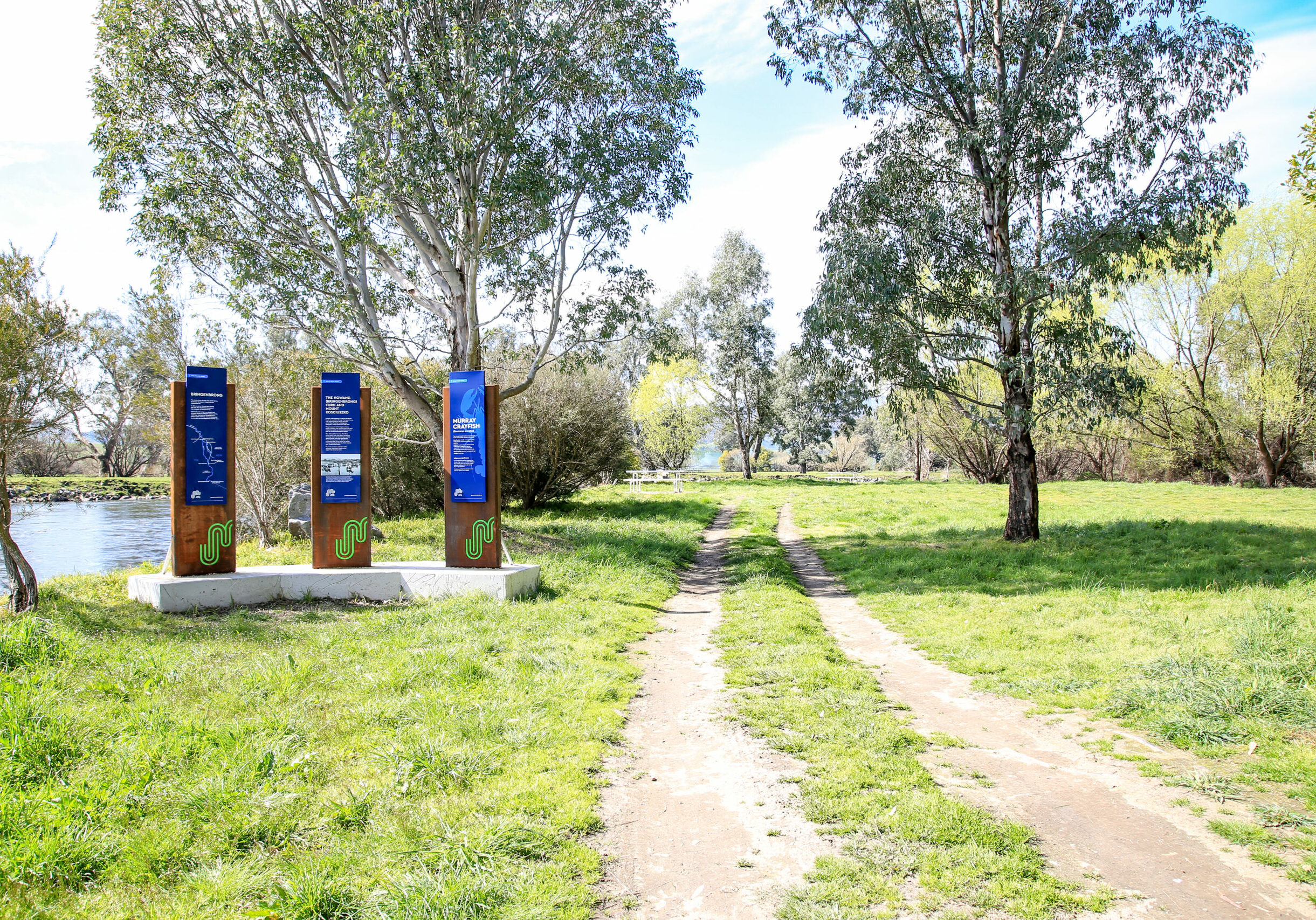
European Arrival
From the late 1830s, the course of local agricultural history changed. Europeans took up grazing leases on thousands of acres of land and introduced large numbers of cattle, sheep and horses.
By the early 1860s upland tribes had been devastatingly decimated. So rapid and complete was their demise that whole language groups almost completely disappeared.
Since the 1870s there have been various attempts to draw up boundary/language maps to define the range or territories of Australia’s First Nations. A map published in 1974 by Tindale became generally accepted by the European community, but these boundaries are now disputed in some quarters.
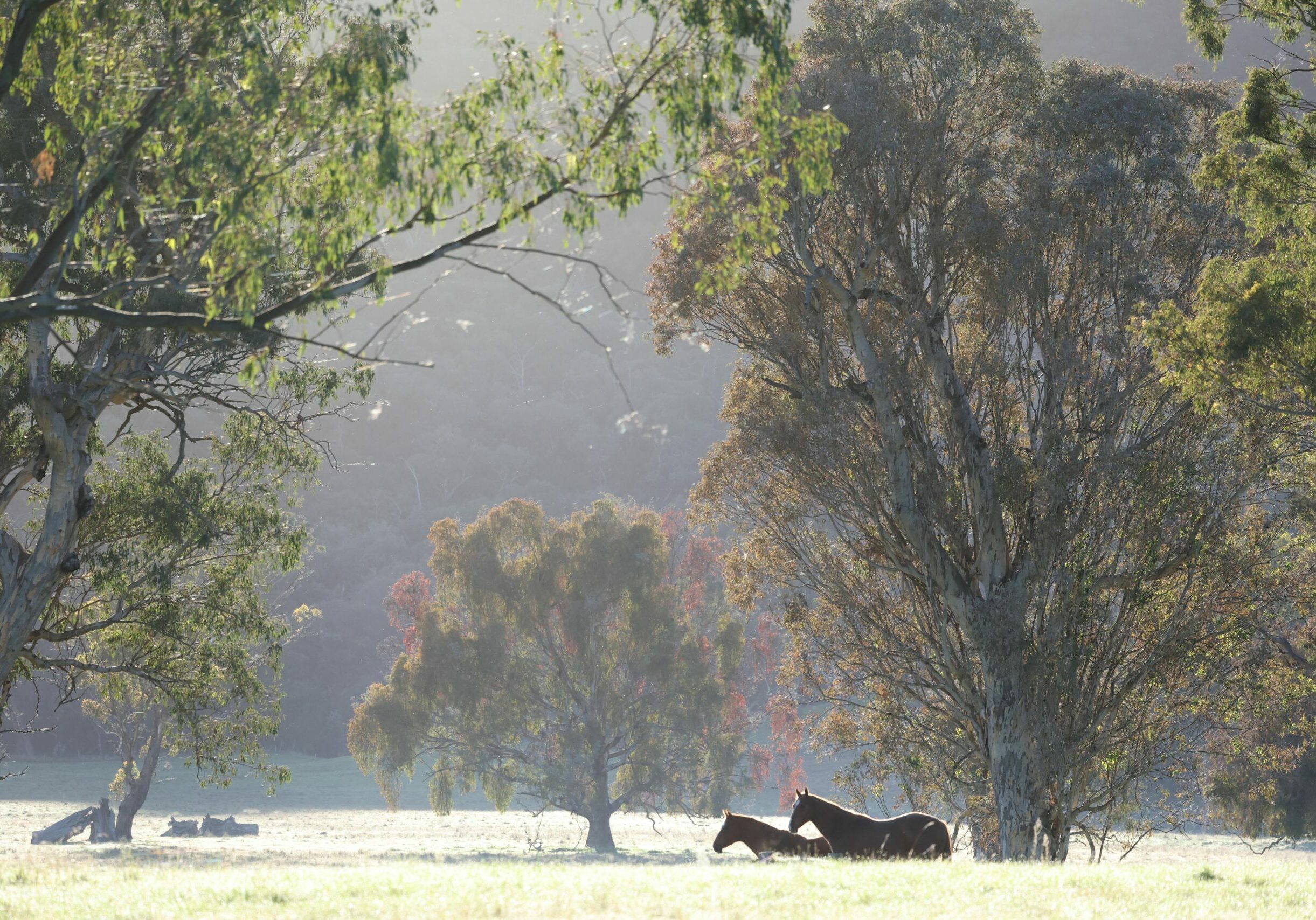
Stay up to date
Sign up to The Undiscovered for the latest events and deals in the region.
